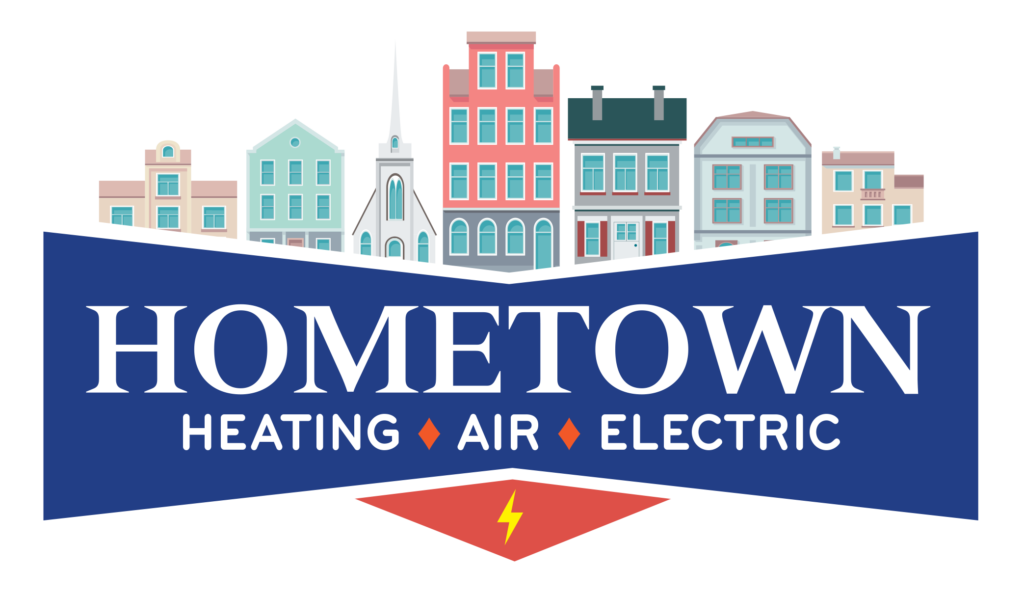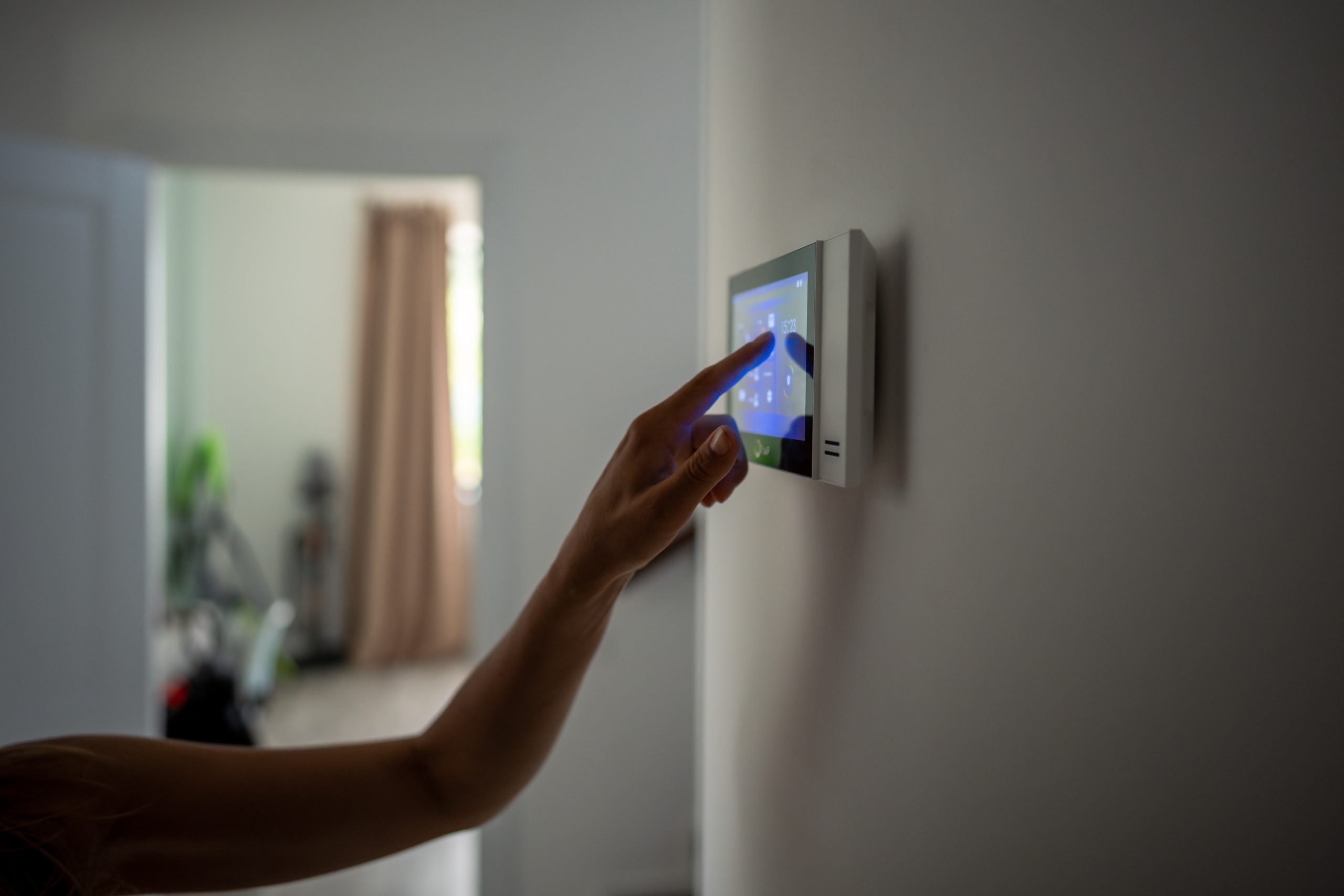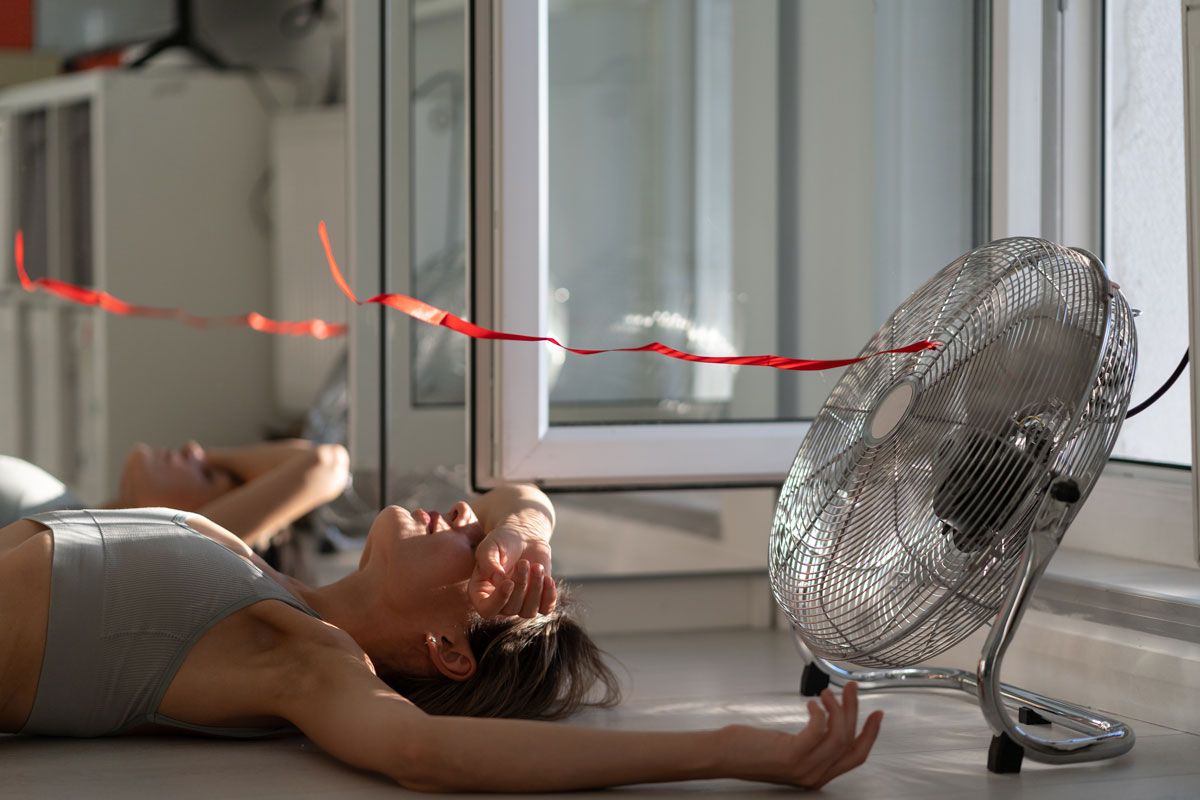Summertime in Cedarburg, WI, is warm and humid. You’ll need a properly functioning air conditioning system to maintain a comfortable environment in your home. Central air conditioning systems have many parts, and they all have to be in good working order for the system to keep your home cool and to remove excess humidity. Here are seven of the major components of an air conditioner.
1. Refrigerant
Air conditioners contain a chemical refrigerant. These chemicals transfer states between liquid and vapor as they absorb and release heat and become pressurized. The first generation of air conditioners used Freon as the refrigerant. By the 1960s, scientists discovered that Freon contributed to ozone depletion. Its use was phased out. In 2010, the production of Freon ended. Newer air conditioners use a refrigerant called R-410A. This refrigerant doesn’t damage the ozone layer. An old air conditioner that uses Freon can’t be refilled with R-410A.
2. Evaporator
The evaporator is a coil contained in the indoor portion of your air conditioner. The cold refrigerant cycles through it. The coil extracts both heat and humidity from your home’s air. The coil needs an annual cleaning from a certified technician. Dust or dirt on the coil can interfere with its ability to absorb heat from your home’s air.
3. Air Handler
In most air conditioners, the evaporator coil is contained within the air handler. The air handler also includes a blower and motor. The blower pushes warm air from your home across the cold evaporator coil. Moisture condenses out of the cooled air, and the water is drained into the condensate drain and pan. The air handler also contains the housing for the air filter. Most air conditioning systems use disposable air filters. We recommend checking them monthly and replacing them every one to three months.
4. Compressor
The compressor’s job is to compress the refrigerant. This turns it into a hot liquid. The liquid gets hot enough that it is able to pass through the condenser coils and release its heat. The compressor is located between the evaporator and condenser coils.
5. Condenser
The condenser is part of the outdoor unit. The condenser contains a fan with a motor. It also has a large coil. The refrigerant travels through the coil. The condenser’s fan blows outdoor air across the coils, which cools the refrigerant. Heat dissipates to the outdoors. A stainless steel housing protects the fan, motor, and coil. The outdoor location of the condenser makes it prone to wind, hail, and rust damage. We recommend cutting back tree branches, grass, shrubs, and other vegetation at least three feet away from the condenser. Doing this allows the heat from the refrigerant to flow away from the condenser. If you ever notice ice on the condenser coils, this is a problem that requires urgent repairs.
6. Expansion Valve
An expansion valve decreases the pressure of the liquid refrigerant. This lowers the temperature of the refrigerant, turning it from a warm liquid into a cold liquid. The cold liquid is ready to enter the evaporator coil and absorb more heat energy from your home’s air.
7. Thermostat
The thermostat is your air conditioner’s command and control center. It has an air temperature sensor. When the air temperature in your home is above the temperature setting, the thermostat triggers the air conditioner to turn on. It does this with a wired connection. Smart thermostats also connect to your home’s Wi-Fi. Through Wi-Fi, the thermostat can communicate with an app on your phone.
Other Air Conditioner Parts
Air conditioners have many additional parts. The capacitor delivers a high level of power at the startup of a cooling cycle. This energy is needed to start the motors. Air conditioners also have pressure valves and sensors. They include a control panel, wiring, and switches. The condensate drain and pan are also important. The system’s air filter traps particles and prevents them from circulating through your home or settling on the evaporator’s coil.
At Hometown Heating, Air & Electric, we’re the trusted installation team for air conditioners. We also install heating systems. Our heating and air conditioning maintenance and repair services keep you comfortable all year long. You can also turn to us for affordable indoor air quality services. For more information about the major parts of an air conditioner, contact us at Hometown Heating, Air & Electric as soon as you can.


